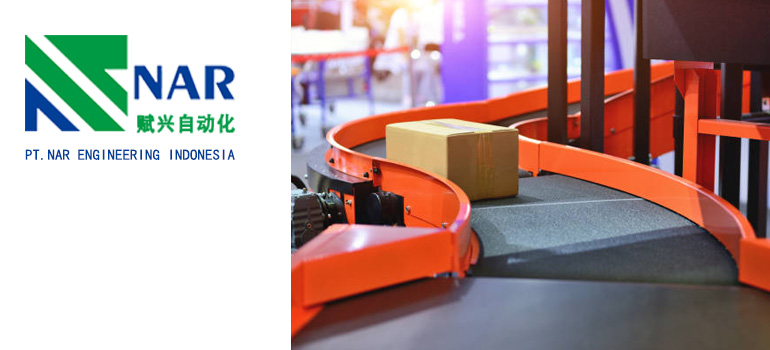Summary:
Optimizing Factory Production Efficiency: Understanding and Using Conveyor Belts
Definition and working principle of conveyor belts
Application of conveyor belts in factory production
How to optimize the use of conveyor belts
The advantages and future development of conveyor belts
In modern manufacturing, improving factory production efficiency is one of the key goals of every enterprise. In order to achieve this goal, many factories have adopted various automation equipment and technologies. One of the key automation tools is the conveyor belt.
This article will introduce the definition, functions, and how to optimize the use of conveyor belts to improve production efficiency in factories.
Definition and working principle of conveyor belts

A conveyor belt is a mechanical device used to transport materials, products, or other objects from one place to another. It consists of a continuous strip structure that can circulate along a predetermined path.
The conveyor belt is usually composed of a driving device, a supporting structure, and the conveyor belt itself. When the conveyor belt starts, the object is placed on the conveyor belt and transported to the target position as the conveyor belt moves.
Application of conveyor belts in factory production
Material conveying: The conveyor belt can transport raw materials from the warehouse or supply chain to various workstations on the production line, providing an efficient material conveying solution.
Production process control: Conveyor belts can help control the speed and sequence of the production process, ensuring that products arrive at each workstation in the predetermined order and time.
Product packaging and sorting: The conveyor belt can transport finished products from the production line to the packaging area, and can also sort products to different target locations according to needs, improving the efficiency of packaging and sorting.
Waste disposal: Conveyor belts can also be used to transport waste and by-products from the production line to the waste disposal area, ensuring the cleanliness and environmental protection of the factory.
How to optimize the use of conveyor belts
Design a reasonable layout: In the factory design stage, the layout of conveyor belts should be considered to ensure the shortest material transportation distance and the highest production efficiency. A reasonable layout can also reduce cross interference and collisions between conveyor belts, improving overall work efficiency.
Regular maintenance and upkeep: The conveyor belt is a mechanical equipment that requires regular maintenance and upkeep to ensure its normal operation. This includes operations such as cleaning, lubrication, and tightening bolts to extend the service life of the conveyor belt and reduce failure rates.
Using automatic control system: Combined with an automatic control system, it can achieve automated operation and monitoring of conveyor belts. This can reduce Human error and improve productivity. The automatic control system can include sensors, timers, and program controllers to ensure that the conveyor belt operates at the correct time and speed.
Apply appropriate safety measures: When using conveyor belts, priority must be given to safety. Install appropriate protective devices and safety switches to ensure that operators do not encounter accidents when approaching the conveyor belt. In addition, provide appropriate training and guidance for operators to understand the safe operating procedures of conveyor belts.
Optimize material flow: Reasonably arrange the stacking and arrangement of materials to ensure smooth entry and exit of materials from the conveyor belt. Optimizing material flow can reduce blockages and pauses, and improve the operational efficiency of conveyor belts.
Conduct data analysis and optimization: Use data collection and analysis tools to monitor the operation and performance of conveyor belts. By analyzing the data, potential problems and bottlenecks can be identified, and corresponding measures can be taken for optimization and improvement.
The advantages and future development of conveyor belts
Conveyor belts have multiple advantages in factory production. It provides efficient, continuous, and reliable material transportation solutions, reducing labor and time costs during manual handling and transportation. In addition, conveyor belts can also improve the throughput and production efficiency of production lines, achieving automated control and monitoring.
In the future, conveyor belt technology will continue to develop and innovate. With the advancement of technologies such as the Internet of Things, machine learning, and artificial intelligence, conveyor belts can become more intelligent and adaptive, and can automatically adjust their running speed and route according to production needs.
At the same time, the energy-saving and environmental protection characteristics of conveyor belts will also be further strengthened to meet the requirements of sustainable development.
As a key automation equipment, conveyor belts play an important role in improving factory production efficiency.
By designing a reasonable layout, regular maintenance and upkeep, using automatic control systems, optimizing material flow, and data analysis and optimization, the advantages of conveyor belts can be maximized.
With the continuous progress of technology, conveyor belts will continue to develop in the future and provide factories with more efficient, intelligent, and sustainable material conveying solutions.

